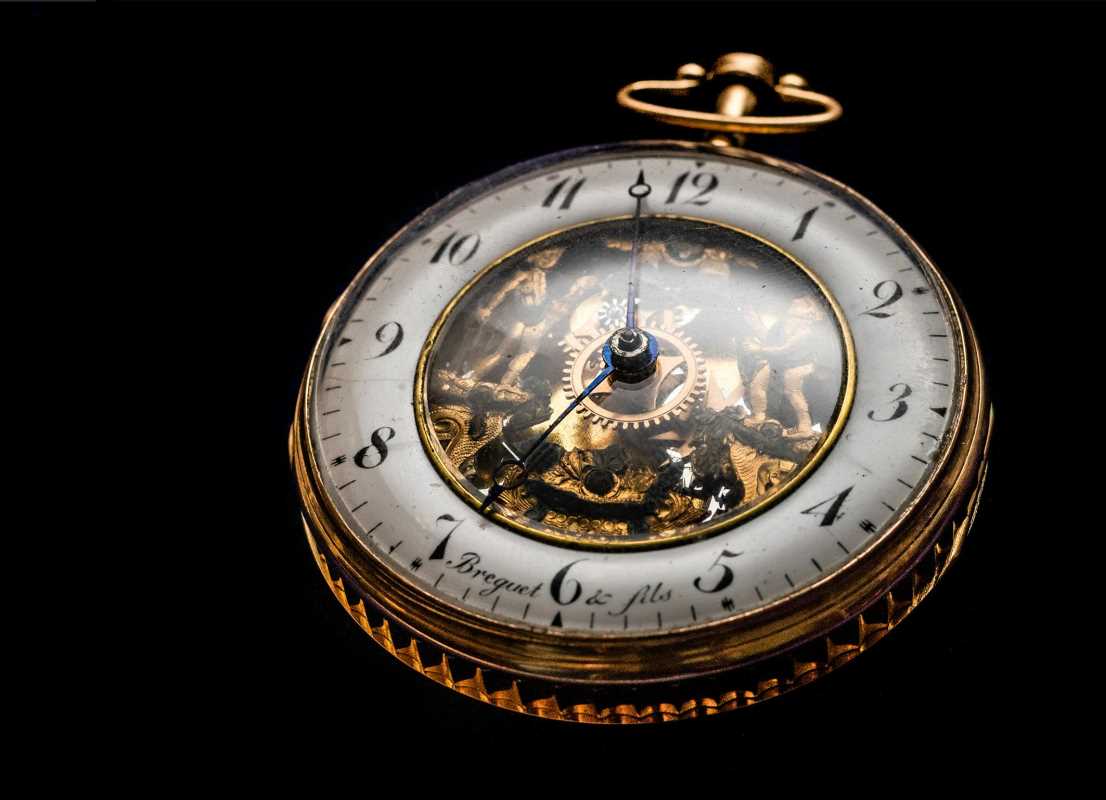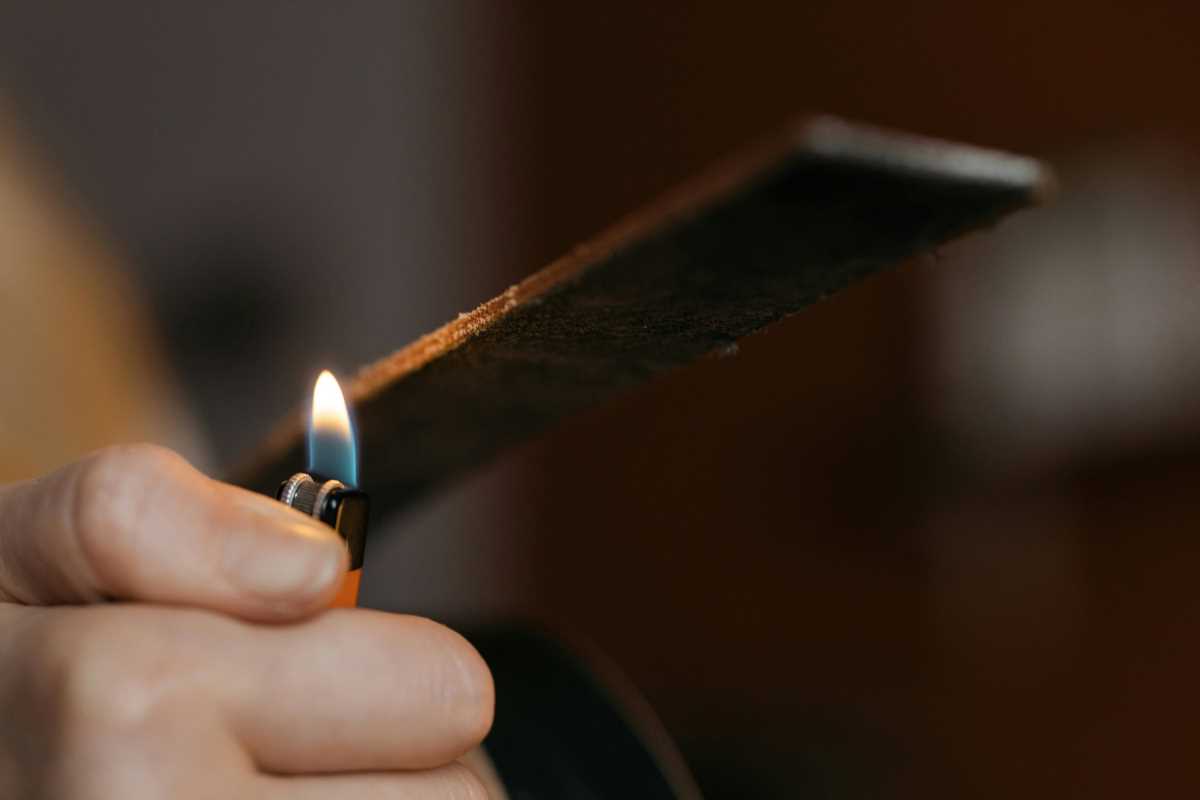Collectors and enthusiasts appreciate vintage mechanical watches for their remarkable combination of artistry and engineering. Each timepiece tells a story, linking its owner to decades of tradition and meticulous handcraft. When you restore or maintain one of these delicate watches, you do more than simply care for a mechanical object—you engage with history through careful observation and skilled handiwork. Every adjustment and repair reveals new details about the watch’s construction and the care that went into its original creation. As you bring an old watch back to life, you revive its beauty and accuracy, making it a functional heirloom once again.
Diving into the world of vintage mechanical watches allows you to explore intricate designs and historical details. This guide offers clear, actionable tips to bring your prized timepiece back to life and keep it running smoothly for years to come.
What Makes Vintage Mechanical Watches Special
Vintage mechanical watches differ vastly from their modern counterparts. Their appeal lies in engineering brilliance and the tangible network of history behind each piece. The inner workings demonstrate precision and careful craftsmanship, which makes every restoration project a rewarding challenge.
Here are some key features that set these watches apart:
- Exquisite mechanical movements that require delicate handling.
- Classic design elements that embody the era in which they were crafted.
- Intricate engravings and detailed finishes that add to their character.
- Reliable craftsmanship that, when maintained, can last several lifetimes.
Tools You Need and How to Set Up Your Workspace
Setting up a proper workspace is vital before starting any restoration project. A clean, well-lit, and organized area ensures that every small part is accounted for, and mistakes are minimized. Tools should be high-quality and suited for fine mechanical work.
Here is a numbered list of basic tools and workspace recommendations to help you create an efficient working environment:
- Precision screwdrivers designed specifically for repairing delicate mechanisms.
- Watchmaker tweezers with soft tips that prevent scratching the delicate surfaces.
- Magnifying loupe to inspect tiny components and ensure proper alignment.
- Small bowl or magnetic mat to keep screws and small parts secure.
- A dust-free workspace with sufficient lighting to avoid losing any critical details.
How to Restore Vintage Watches Step by Step
The restoration process requires patience, attention to detail, and a willingness to learn. Start by familiarizing yourself with the specific model and its intricacies. Carefully document your progress with notes and photographs to help reverse the process if needed.
Follow these detailed steps to undertake the restoration process effectively:
- Begin by removing the case back carefully to expose the watch’s inner machinery. Clean loose grime with a gentle brush.
- Disassemble the movement using appropriate tools while keeping track of each component’s placement. This practice helps maintain the watch’s original configuration.
- Replace any worn-out parts with quality reproductions if necessary. When sourcing replacements, consider reputable suppliers to ensure authenticity.
- Clean each part in specialized solutions to eliminate oils and residue. Ensure every component is dried completely before reassembly.
- Reassemble the watch step-by-step, paying attention to detail.
- Test the movement’s accuracy and adjust the timing mechanisms. Fine-tuning is key to restoring its original charm.
How to Keep Your Mechanical Watch in Top Shape
After restoring your watch, regular care and proper handling help keep it in excellent condition. Regular maintenance not only preserves its performance but also extends its lifespan, allowing it to remain a treasured heirloom.
Follow these tips to maintain your prized timepiece:
- Keep the watch away from harsh chemicals and moisture to prevent corrosion on delicate parts.
- Store it in a cushioned box or display stand to protect against scratches and accidental impacts.
- Schedule periodic servicing by a professional to clean and oil the movement components properly.
- Gently wipe the exterior with a soft cloth to maintain its shine and elegance.
Common Problems and How to Fix Them
Even with careful maintenance, vintage mechanical watches can develop issues over time. Detecting and fixing common problems early on can save you time and prevent further damage. Understanding how your watch works makes troubleshooting easier.
Consider these points for troubleshooting frequent issues:
- If the watch stops unexpectedly, check whether all parts are seated correctly and that no small screws have loosened during reassembly.
- Problems with timekeeping accuracy might mean you need a professional to adjust the balance wheel or clean the escapement mechanism.
- An irregular ticking sound could come from insufficient lubrication. Applying a small amount of specialized oil may resolve the issue.
- If the dial appears faded or damaged, consult a restoration expert who can restore its original look without harming the watch’s integrity.
Following these practices keeps your watches running smoothly and preserves their heritage.
 (Image via
(Image via

.jpeg)



